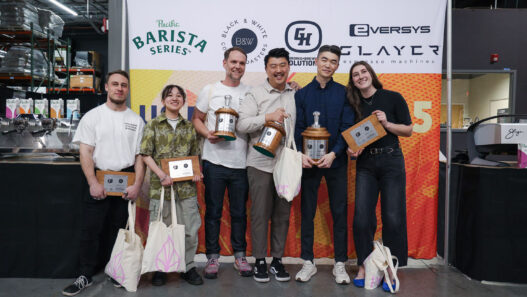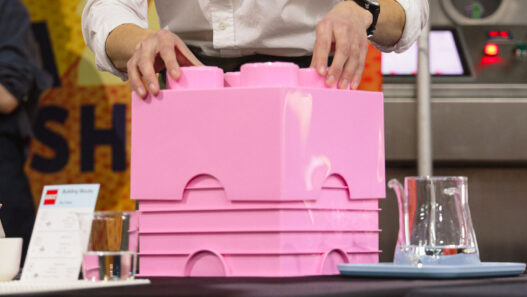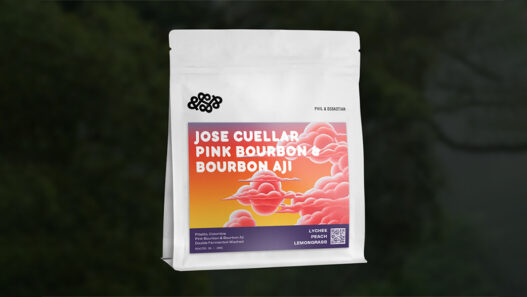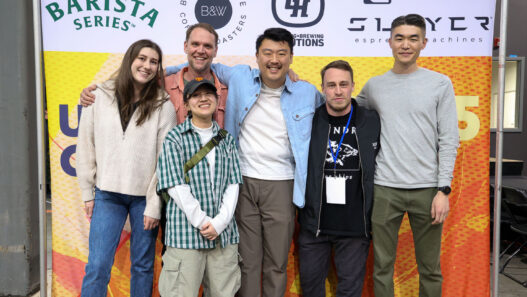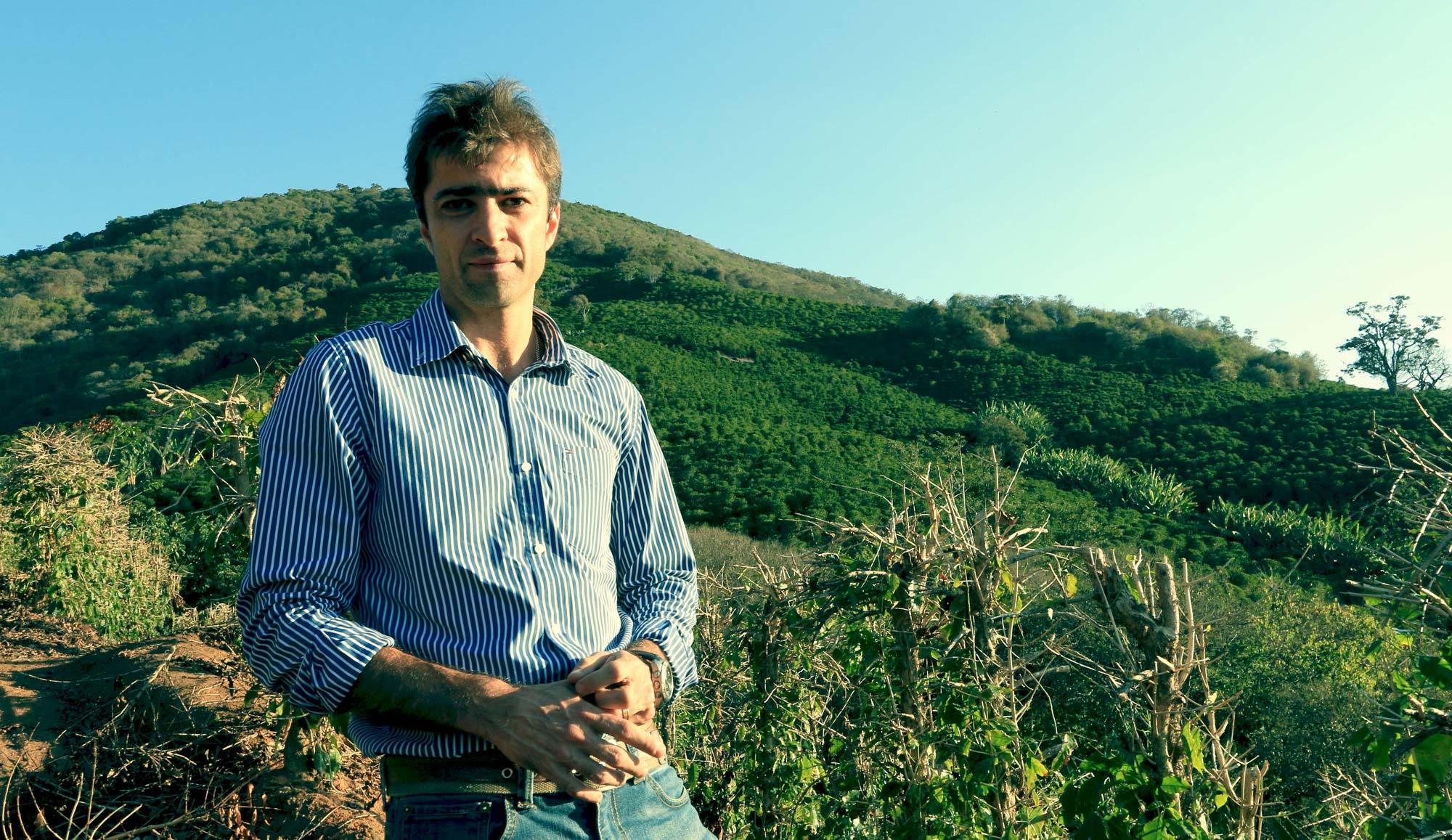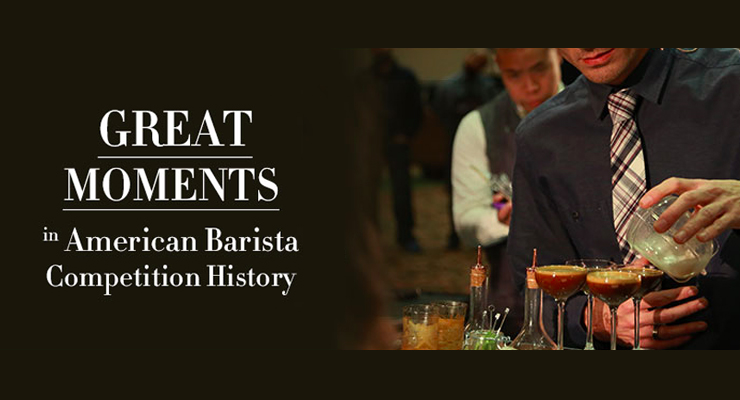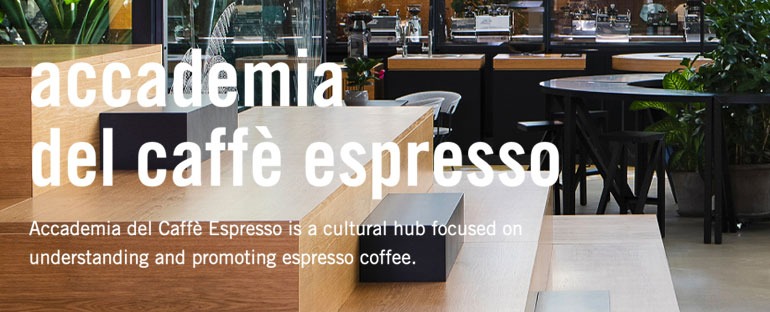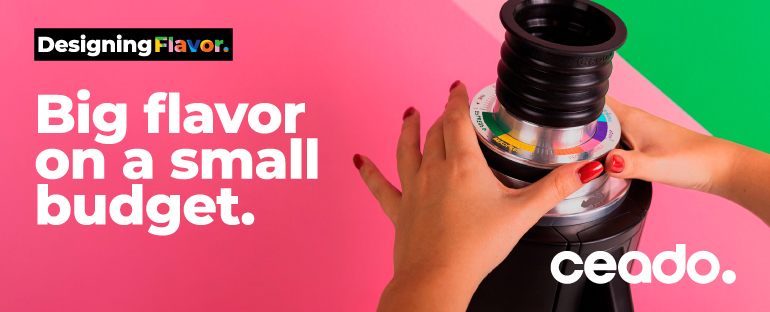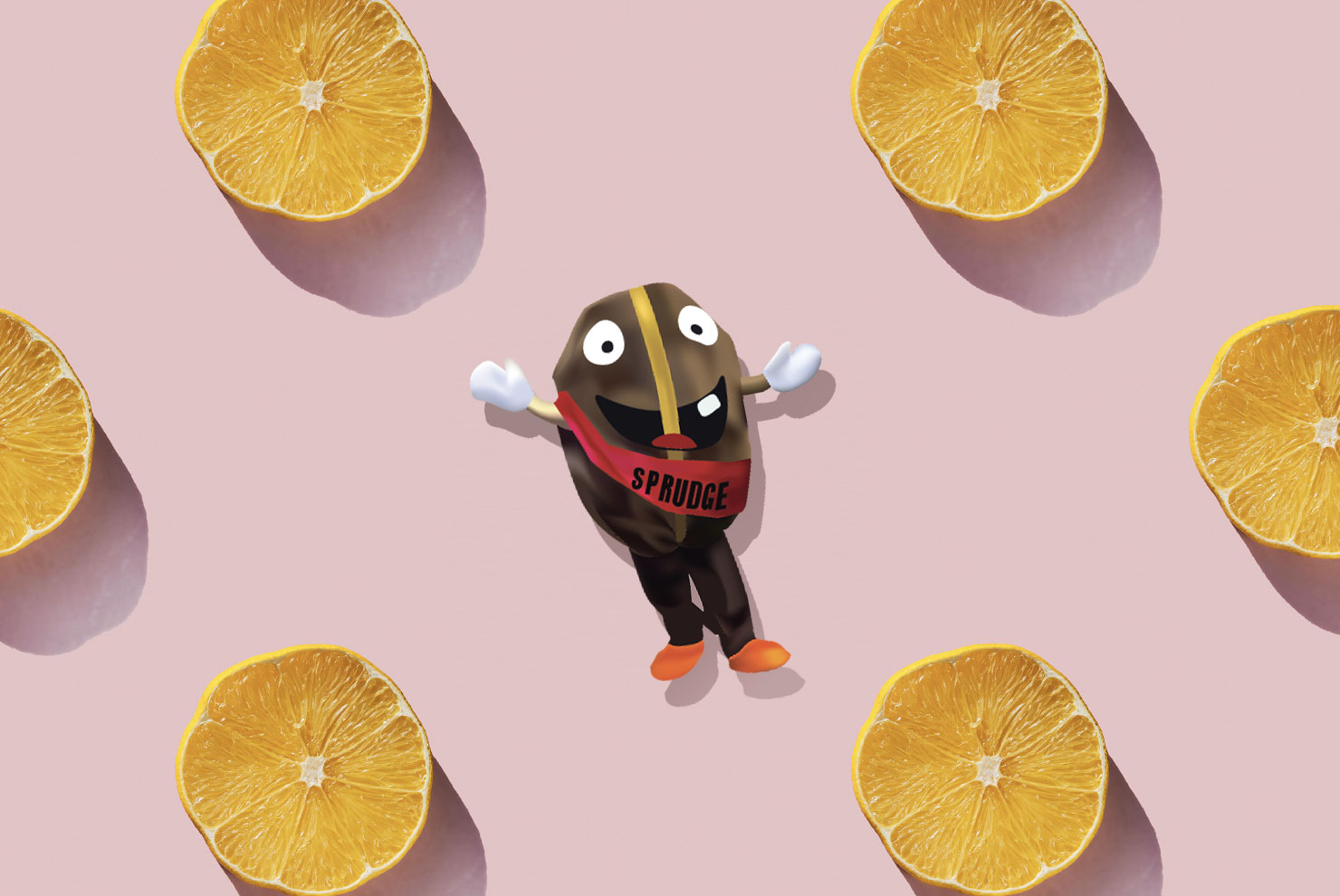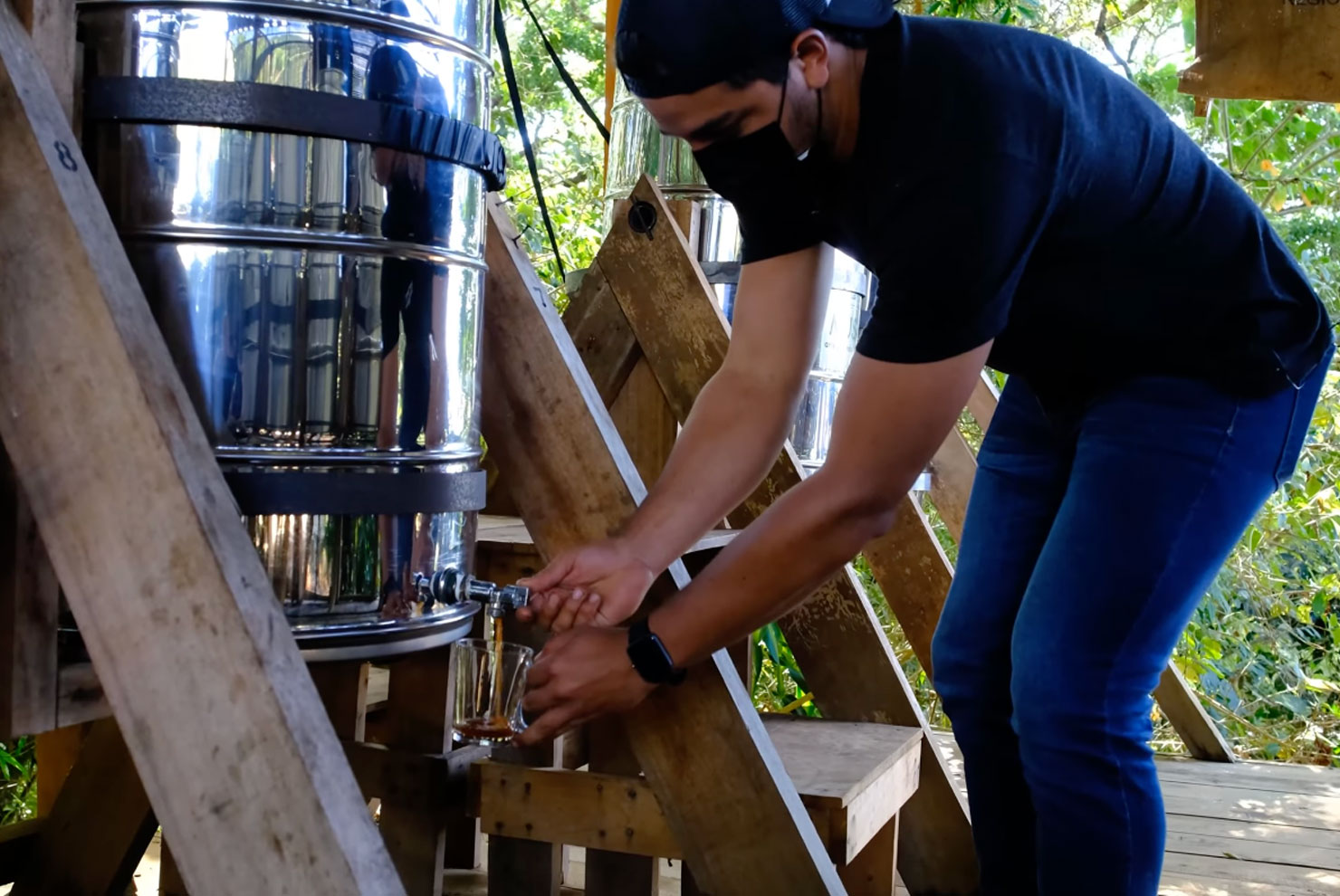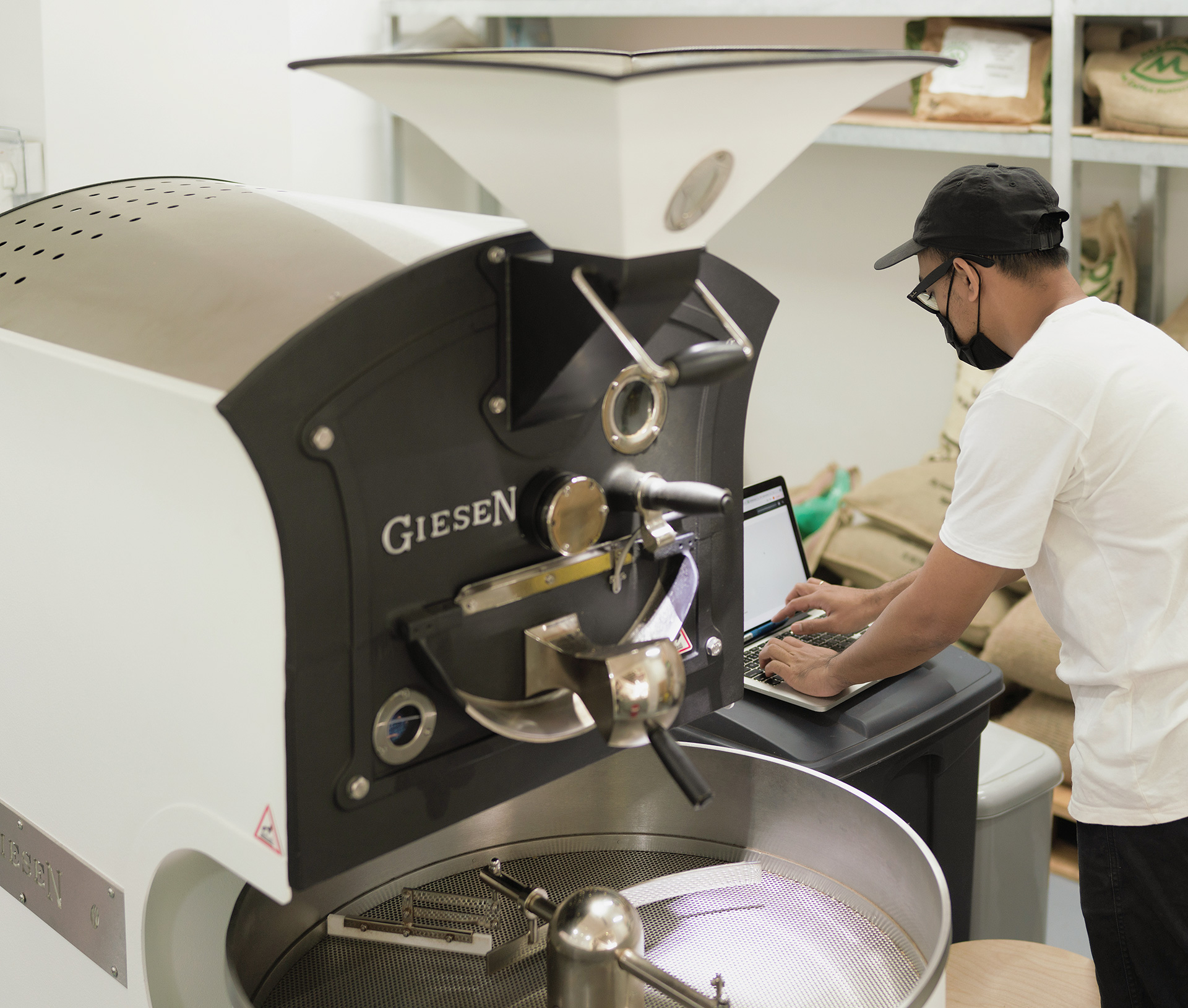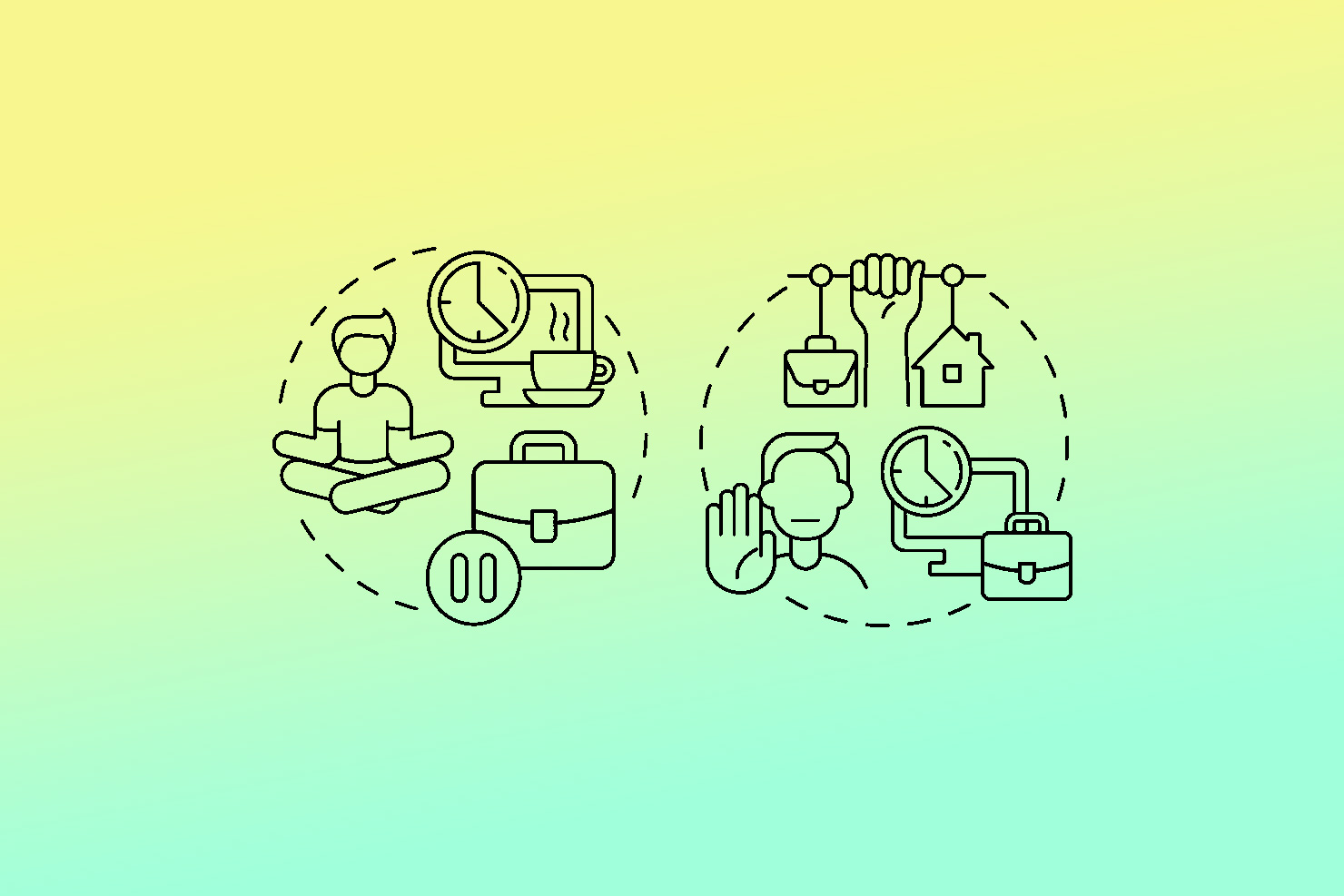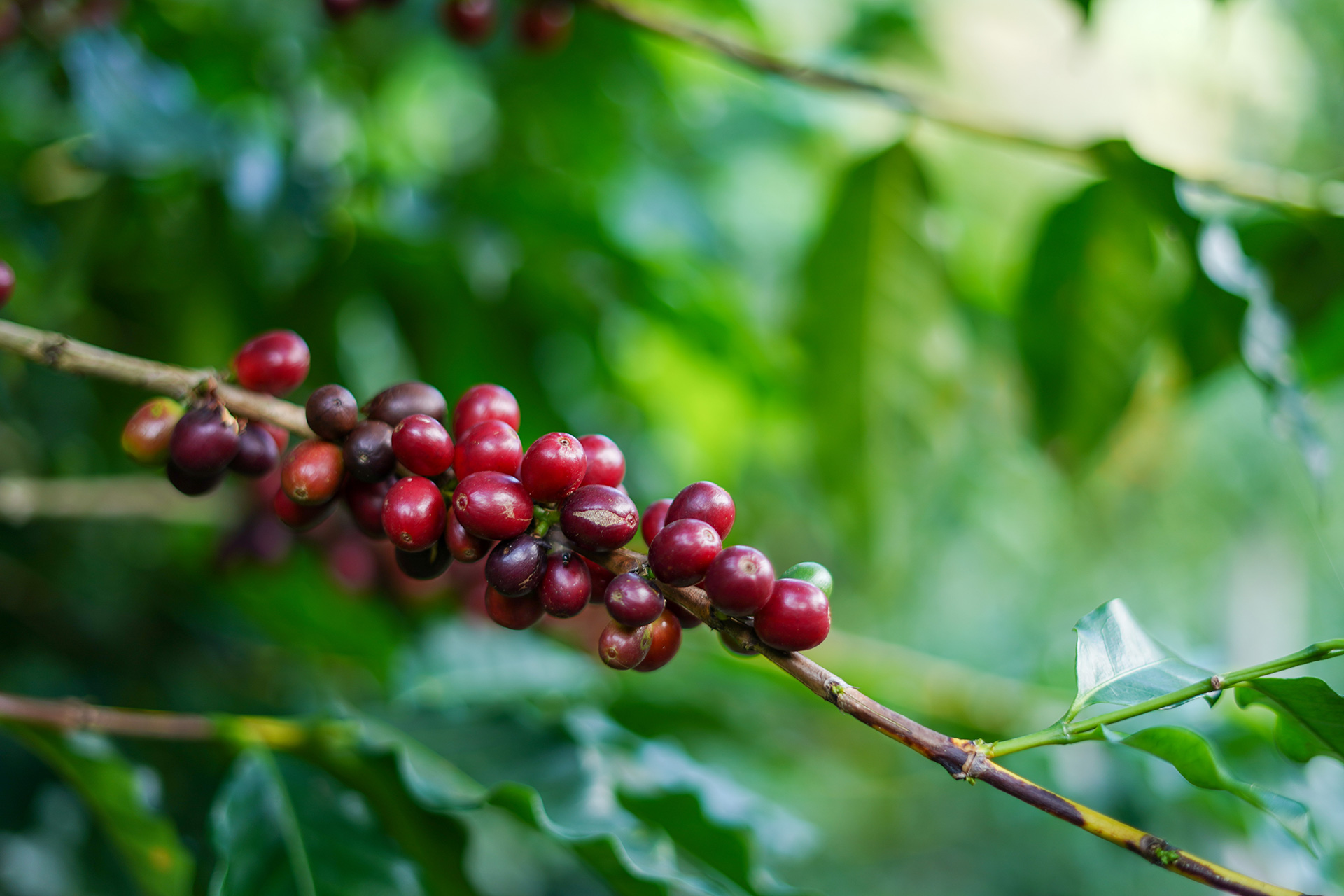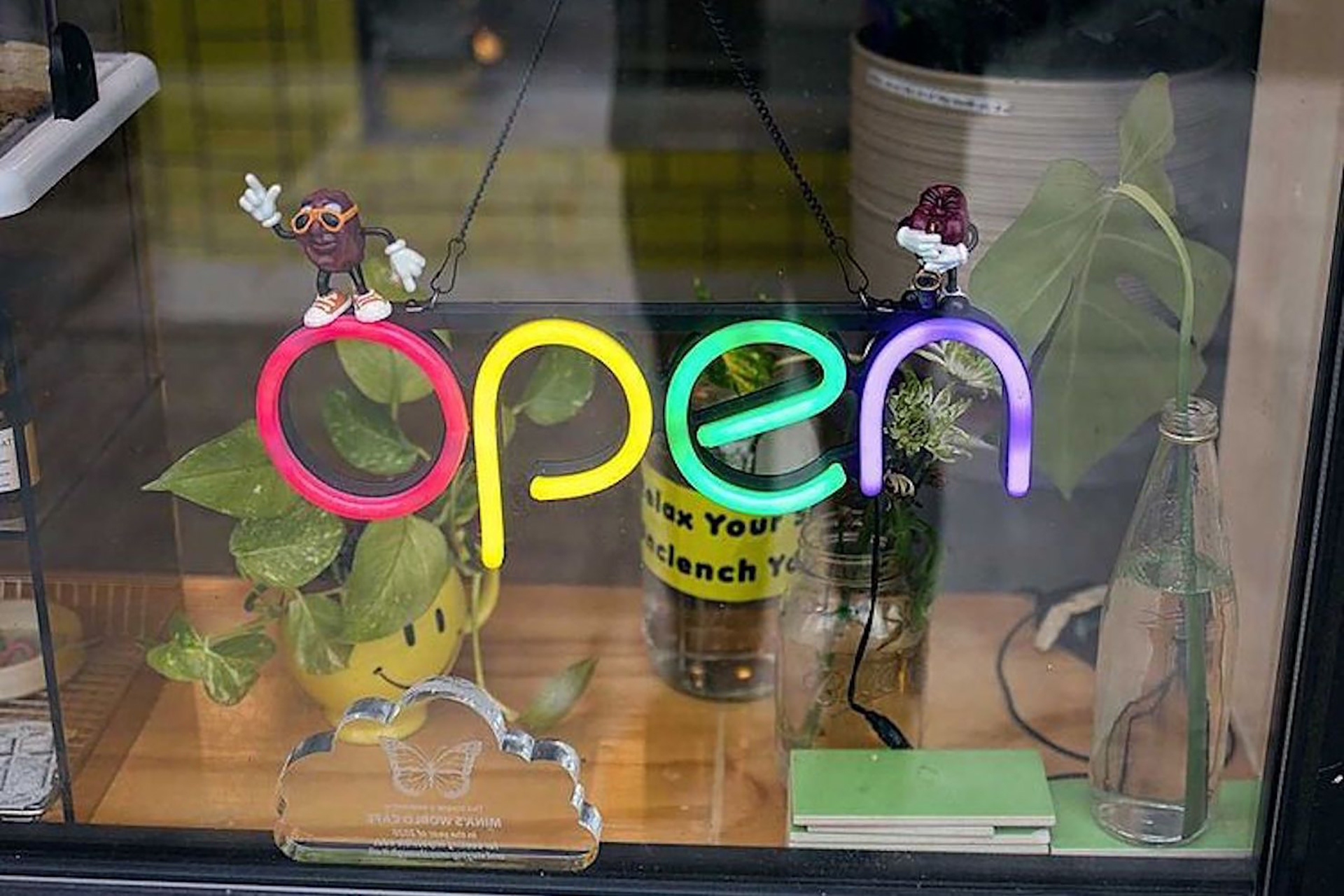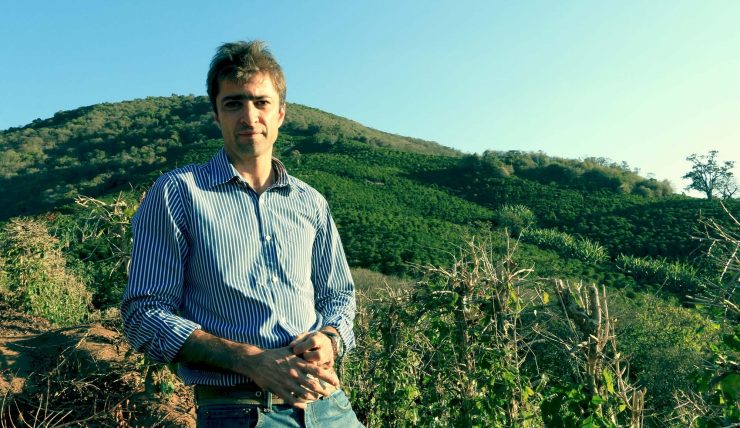
Last month, as part of the Cafe Imports Legendary Coffee Producers tour, Sprudge co-founder Jordan Michelman had the opportunity to conduct sit-down interviews with three of the world’s best coffee producers: Jacques Carneiro of Carmo Coffees in Carmo de Minas, Brazil; Juan Jose Miguel Sr. and Jr. of Finca Nueva Linda in Chiapas, Mexico; and Francisca Chacon of Las Lajas in Central Valley, Costa Rica.
In this interview we’re talking with Jacques Carneiro of Carmo Coffees in Carmo de Minas, Brazil, an operation working against the tide of public opinion that seems to dismiss Brazilian coffee as boring, “regular”, and undistinguished. The Carneiro family have spent generations in the coffee business, but as a young man Jacques set out to question many of the local practices in the Carmo de Minas region, with the goal of improving cup quality for his family’s farms and the now-thousands of other farms they help export to coffee buyers around the world.
In this interview we learn the genesis of this sea change in coffee quality in Carmo de Minas, find out more about the rapid growth of high quality coffee in Brazil, discover a new pruning method pioneered by Carmo Coffees, and ask Jacques a simple question: what do you wish more coffee drinkers knew about your coffees? Passionate, insightful, and always looking ahead, this is Jacques Carneiro of Carmo Coffees.
Talk to us a bit about your background with coffee, and the Carmo Coffees project.
I grew up with coffee. Me, my father, and grandfather—that’s all we have, coffee production. My education and lifestyle are based on coffee farms.
When I was 15, I left our little town to go study in a big city. My background is business administration; I went PUC in Belo Horizonte, and then did my masters at USP in Sao Paulo. I learned about other fields, but always thought about how I could take on a project back home. My father is tough and he wanted me to work with something outside of coffee first, but coffee was always in my DNA. I don’t know why, but I just knew I wanted to work with the farm and with family.
We have always produced coffee in Carmo, for 100 years, but we never knew why. I hated to see, at that time, my father just selling coffee internally in Brazil, all blended and mixed.
I went to Seattle in 2000 and learned English, and that was the beginning of a major change in my life in terms of trying to figure out my market and what coffee means outside of Brazil. I lived in Seattle for one year—it was very important for me. Starbucks for me was big at the time. Then I went home and started investing my time in cupping. I cupped for maybe three years straight after that.
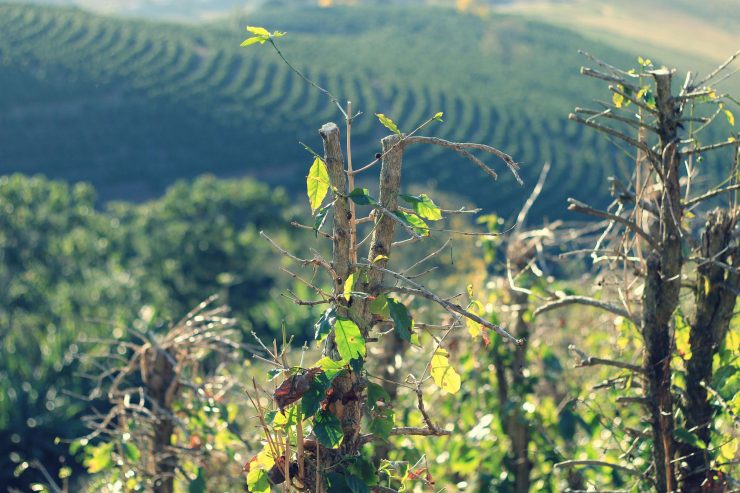
Yes, there’s a great quote you had in your speech earlier today: “I don’t consider myself a producer, I consider myself a cupper.”
That’s what I enjoy. If I had the option to stop managing the business, the numbers, I would just cup daily. By cupping and learning about coffee, I found that we in Carmo de Minas could create a different story to compliment my generation, and to pay tribute to the work done by older generations. Coffee could be different and have more value to my family and the community. That was when I decided with my family and with a younger cousin to open up Carmo Coffees to export our community’s coffees.
So you work with thousands of families now at Carmo?
Yes. We connect, we do contracts, we do long-term projects, and we offer all kinds of assistance. The office started with two people, just me and my cousin, and now we have 50 people working for us, including cuppers and agronomists. It was around 2004 that we opened up our doors—our little doors—and in 2005, our family, we won first, second, and third place at the Brazil Cup of Excellence. From there, we wanted to take that opportunity to visit each buyer of our lots, and so we went to Japan, Vancouver BC, and across the United States—all in 30 days. I was not married yet, so this kind of trip was possible! That really opened the doors for us, and helped us made connections with the market in Japan and North America. From there, it has been many years of investing our time to find out how to make coffee better at the farms in Carmo de Minas, as well as more travel to get to know more people and roasters.
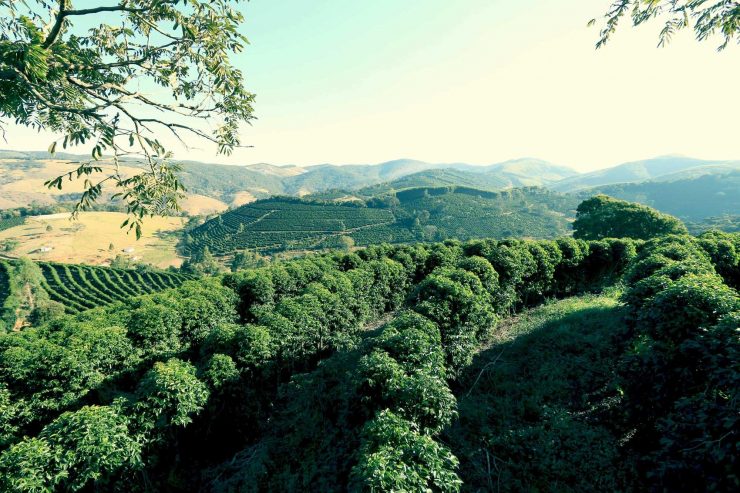
How has coffee in Brazil changed since 2005? And how has the perception of Brazilian coffee changed along with it?
I remember, in 2005, it was impossible to find a single-origin Brazilian coffee in really any of the coffee shops I visited. And that was, I think, an opportunity for us—it was something for us to say, “why?”
We see our region as different—it’s different than the big picture people have of “Brazilian coffee” as being some kind of unified thing. The goal is still, how to transform that picture into the reality that we have as a small region working with small farms. Every year, more and more coffee producers come to us and start a new relationship, as we have done with our farms and many other farms. I think we offer a shortcut now, because we already suffered and had that time that was necessary to change minds. And I think we have proven ourselves a little bit now, to change things and change the tales. We have the quality, we have the terroir, and now we just need to have the effort from our individual producers. That’s our project now.
Your coffees are purchased and roasted by notable coffee roasters around the world. But do you have a favorite?
I would say, perhaps not a favorite, but there are two really big inspirations for me. The first one is Kentaro Maruyama from Japan, who is a good friend and was my first customer. He trusted us so much and told me “Man, you have a great coffee.” Coming from that guy, back in 2005, it was just such a huge inspiration for us. Every year he would leave me a message for the next year that inspired me.
Another important place for me is Intelligentsia. 10 years ago, Doug Zell offered us our first long-term contract, and I met with him in Chicago. Nowadays, we’re one of the biggest suppliers of Intelligentsia. I once had the experience of visiting the Intelligentsia shop in Venice, Los Angeles, where I was hanging out with my wife. We didn’t say anything, you know, but I just waited in line and ordered up my coffee there like anyone else, and that was so inspiring for my company and family.
But these are just two examples. I feel so proud to see our coffees in the best roasters and restaurants around the world and makes me get inspired again, makes me want to innovate. We have an intense road and a beautiful road ahead of us, and lots of homework left to do. But we have achieved *something* so far, and these guys trust us. It’s about relationships and how companies like Cafe Imports are connected to great roasters. It’s great to be connected and trusted.
You do some roasting yourself down there in Carmo, and also own a cafe?
Yes—the coffee world is so intense and I just want to understand everything! 7 years ago when we were very deep in the road, I always listened to feedback from the customers and visitors, who would ask me, “Why don’t you roast something?” It felt like every visitor wanted to teach me how to roast. So I bought a very old machine from a Brazilian brand, and now we roast around 3 containers a year, only high-quality speciality, on a Probat 25. My brother takes care of this project—it’s a very small part of what we do, but we have a lot of fun.
And then my wife, well…a few years ago she said, “I want to open a business—I want to open a specialty coffee shop.” It’s super happy, because now we have this small coffee shop in Sao Lorenzo, and we train people and train tourists. You know, I’m very connected to roasters, and we have the farms, so now we have the operation too so we get to learn a bit about coffee shops.
I want to ask you about the “Safra Zero” pruning technique you’ve helped to develop.
Yes, “Safra Zero” means zero crop or zero harvest. It is a way to prune to have one year of production, and one year with no production. One year off, one year on.
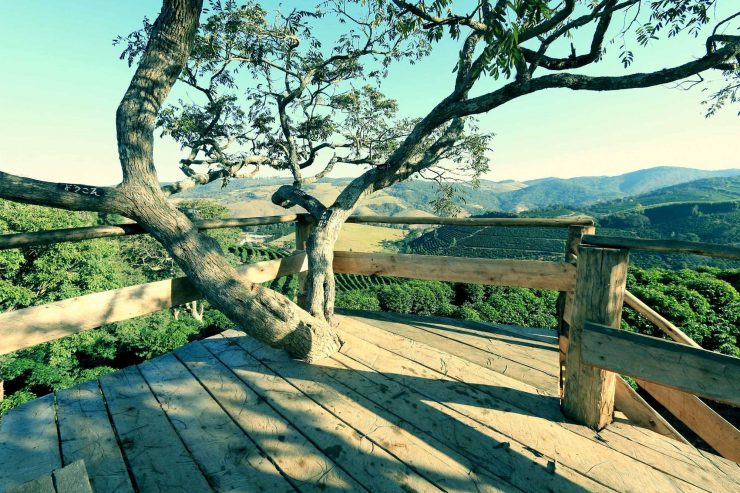
Where does that idea come from?
15 years ago, we heard of some guy in Brazil who was trying this method, and everyone called him crazy. I think he was just doing that in the wrong time. People weren’t used to seeing that, and were shocked to see it. But then years ago, I saw a customer, a farm that is connected with us and sells coffee through us, and I went there because they were a great family with healthy business, and I found out that they were using this model of production. It made me pay attention and say, “I want to learn.” I felt very proud to see how much quality and money they’re achieving. So when I brought my father there, my father was unsure, but we had to go check it out together. So we talked with the family all day, and I saw that this “Safra Zero” technique was really working. It makes all the pieces fit—production, mircrolots, sustainabilty, economics—and so we just started sharing the technique with other people and with our farms.
Forgive me if this is a basic question, but how do you manage that across a farm? Do you stagger which plants are bare and which are regrowing?
You choose plots, not the whole farm. Depending on the varieties the producer has, they decide to cut, and once they cut they need to treat that tree well with nitrogen, and follow the rules of agronomy. You have to stick with it, not, you know, just making the decision to try and then changing it all up next year—you’ll be fucked. And it is a transition. First 10% of the farm can be pruned this way, then 20% and so on—in 5 years, you’ll have 50% of the farm in some plots cut down, and resting, and the other ones producing double or three times their typical yield, and with good quality.
Are you familiar with this style of pruning happening with any other kind of crops?
Well, different styles of pruning are used in many kinds of crops. Back in 2000, when I was living in Seattle, I visited Napa Valley, and there are also places where they grow grapes in Brazil. We have studied grapes to see what techniques are common in that field, and I did see that some people use this style a little bit.
But actually, this kind of technique is really old from the wine world—it is kind of biblical, if you know what I mean, and so beautiful. I really believe 100% that this technique can be part of the future of healthy production in terms of management, and it is definitely part of our ancient past as humans who cultivate plants and grow things for harvest.
What do you wish more coffee drinkers knew about your coffees?
I want people to know more about the process, honestly. How much effort each person puts into their coffee, and why. I want people to know that the profile matters. Sometimes you produce a coffee pretty well, and you want to show it off, but I am not always good at that, because it’s not necessarily my business to roast and serve. That’s why we have started small projects like the roastery and cafe, because there we can just make the decisions, and we don’t necessarily let consumers always decide.
It’s the best I can do, knowing what I know about coffee. Even if you like darker coffee, I don’t serve that. And you know what? They get used to it, and after that, it’s a kind of drug, and they never want the dark roasted coffees again. But it takes time.
What I really want people to know is that our coffee is delicate in terms of roasting, and you can lose that if you’re not careful. Our coffee’s profile—the jasmine, the citrus, the delicacy—it is a volatile thing. I feel proud when I see the coffees we produced being served in the right way. I want people to drink the very best expression of these coffees that I can possibly produce.






